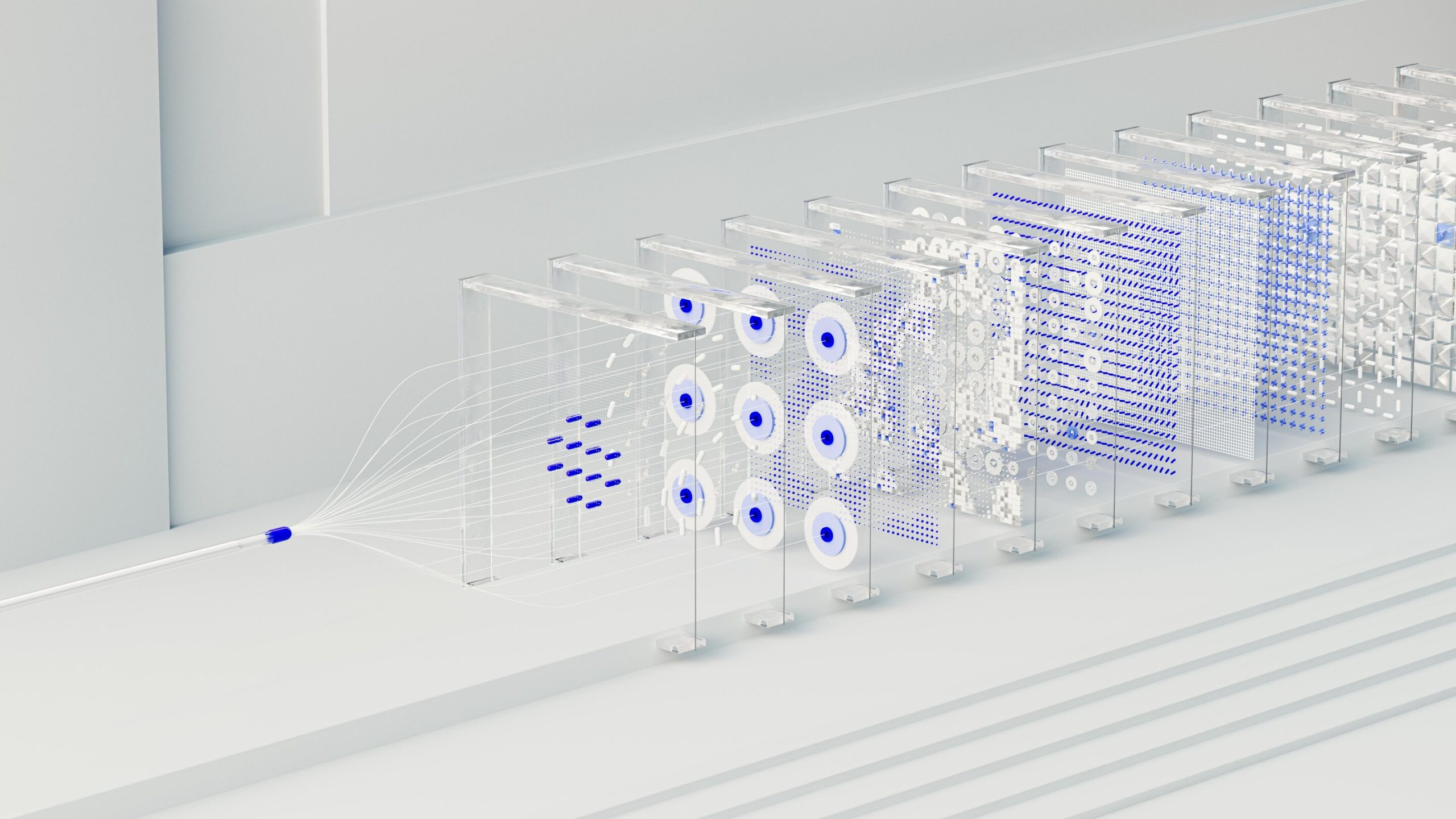
A research team from the International Research Institute for Artificial Intelligence at Harbin Institute of Technology, Shenzhen, has recently published a comprehensive review in the journal Health Data Science on the application of brain network models (BNMs) in the medical field. This study summarizes recent advances and challenges in using BNMs to simulate brain activities, understand neuropathological mechanisms, evaluate therapeutic effects, and predict disease progression.
BNMs are mathematical modeling tools based on neural networks that integrate structural connectivity (SC) and functional connectivity (FC) data to simulate dynamic changes in the brain under various neurological conditions. With advancements in neuroimaging techniques, BNMs have become crucial in studying underlying mechanisms for neurological disorders such as epilepsy, Alzheimer’s disease (AD), and Parkinson’s disease (PD).
Led by Assistant Professor Chenfei Ye from the International Research Institute for Artificial Intelligence at Harbin Institute of Technology, Shenzhen, the team reviewed the current applications of BNMs in medicine. The review highlights how BNMs integrate multimodal neuroimaging data to simulate overall brain dynamics and proposes improvements such as adopting multimodal data fusion strategies to enhance the accuracy of models in representing the brain’s complex functional architecture.
The team developed a disease-oriented BNM workflow that demonstrates how to extract an individual’s brain structural connectome (SC) from structural and diffusion-weighted MRI data and derive functional connectivity (FC) through statistical analyses of data from MEG, EEG, or fMRI. Then, by coupling local Neural Mass Models (NMMs) with structural connectivity data, a global BNM is constructed to simulate large-scale brain activities.
The key value of BNMs lies in their ability to quantitatively analyze abnormal network dynamics of the brain under different disease states, offering new possibilities for personalized treatment planning. The study suggests that future BNM development should focus more on individual differences and the integration of multimodal data to achieve more precise disease diagnosis and therapeutic strategies.
The research team indicates that future work will focus on developing new BNM models capable of estimating a broader range of neurodynamic parameters, such as the distribution of presynaptic inputs, frequency-dependent synaptic depression, and intrinsic excitability of postsynaptic neurons. The ultimate goal is to apply these advanced modeling techniques in clinical practice to optimize treatment strategies.
More information:
Chenfei Ye et al, Recent Progress in Brain Network Models for Medical Applications: A Review, Health Data Science (2024). DOI: 10.34133/hds.0157
Provided by
Health Data Science
Citation:
Brain network models show promise in personalized medicine (2024, October 7)
retrieved 7 October 2024
from https://medicalxpress.com/news/2024-10-brain-network-personalized-medicine.html
This document is subject to copyright. Apart from any fair dealing for the purpose of private study or research, no
part may be reproduced without the written permission. The content is provided for information purposes only.



